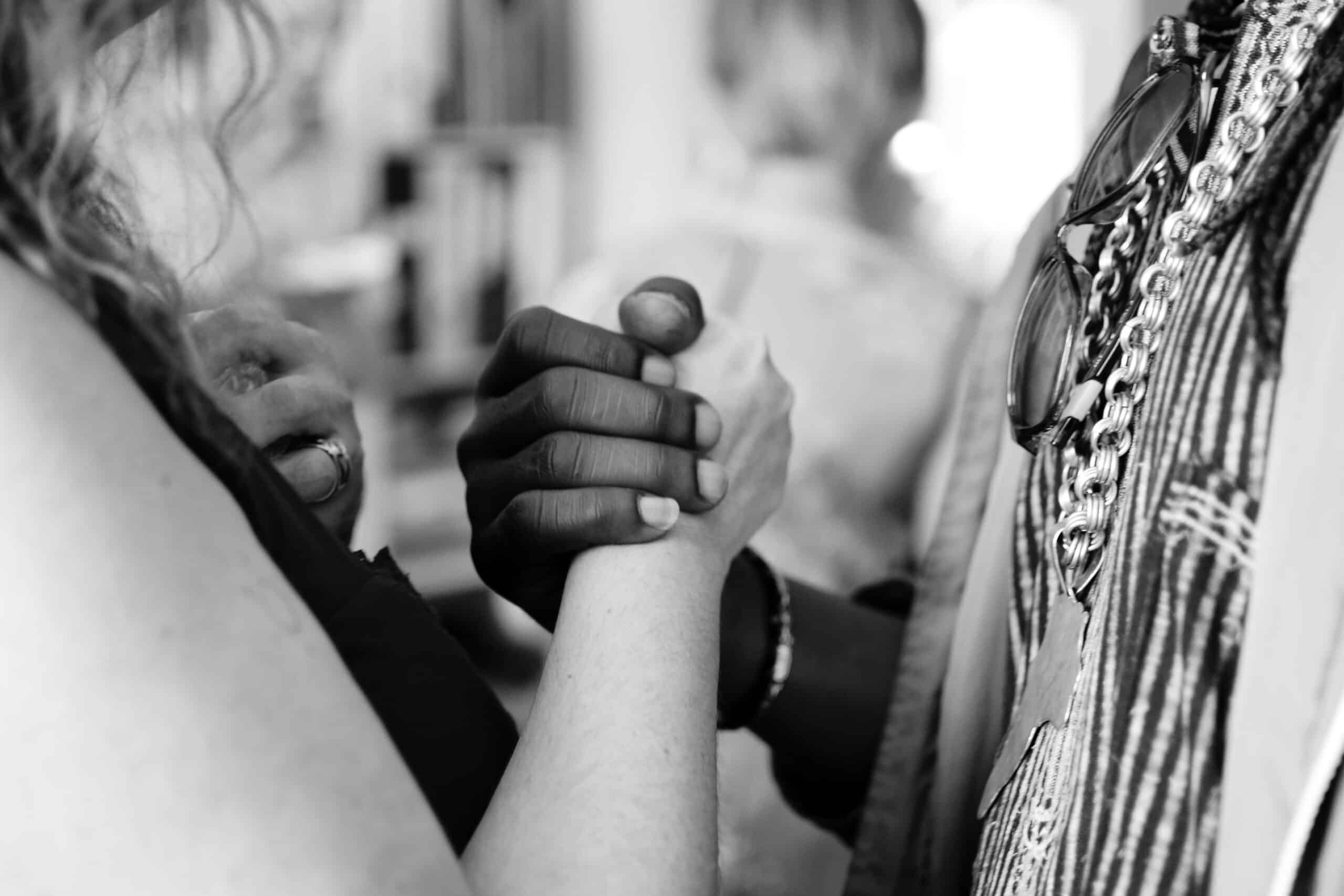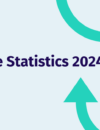
Over the past 4 years, we’ve said a lot about the importance of diverse and inclusive workplaces. And with a new decade ahead of us, we’re feeling reflective on the positive progress made so far – and how we can build upon it.
Here are 5 milestones for diversity and inclusion in the workplace over the past decade.
Annual diversity reports
Transparency surrounding workplace practices and cultures has significantly evolved over the past decade.
Since 2014, tech giants like Apple, Google and Microsoft have published annual diversity reports, prompting many other businesses to follow suit. It’s no longer enough to say the right things; now, companies must prove they’re fulfilling their diversity objectives.
Another key development in business transparency is the gender pay gap report. In April 2017, changes to the Equality Act made it compulsory for British companies with more than 250 employees to report their gender pay gap figures at the end of every financial year.
While these reports are a step in the right direction, they highlight that there’s a long way to go.
Progress for women and people of colour remains particularly slow. Since 2000, the proportion of men and women appointed directors of tech companies in the UK has remained almost exactly the same and just 4% of the UK tech workforce is black, Asian or minority ethnic (according to Colorintech). In addition, three quarters of large companies pay their male employees more than their female counterparts.
Movements like #metoo & #blacklivesmatter
Now one of the world’s most famous hashtags, the Me Too movement was coined by activist Tarana Burke in 2006. But it wasn’t until a decade later that it gained full force and global recognition. Even Burke said: “If you had asked me at the beginning of 2017 if #MeToo was going to blow up this year, I couldn’t have told you it was.” The hashtag has since grown into an international movement, with women worldwide speaking up about sexual harassment.
Black Lives Matter is another movement from the past decade set to go down in history. In 2014, the acquittal of Trayvon Martin’s killer led to its rallying cry, with social media and video evidence combining to spearhead a movement that campaigns against violence and systemic racism towards black people internationally.
While, these movements (and others like them) highlight how much inequality still exists across society, they’ve pushed uncomfortable issues surrounding inequality into public discourse, sparking a global conversation and call for action.

Presenting a strong business case for diversity
For too long, diversity and inclusion was seen as a tick box exercise for businesses. But mounting research has proved what we’ve known for a long time: that diversity and inclusion makes good business sense.
It’s no coincidence the most disruptive cities in the world – London, New York, Dubai and Singapore – are home to a high number of international workers. Studies have shown a direct correlation between high-skilled immigration and innovation and economic performance in cities and regions.
Another study found that companies with diverse management teams have 19% higher revenues. This is because diversity breeds innovation; a factor critical to the success of tech companies and start-ups hoping to disrupt and grow exponentially.
This growing awareness has prompted more businesses to invest in improving workplace culture and create diverse workforces where everyone feels welcome (and the bottom-line thrives as a result).
Creating new roles focussed on diversity
Does your workplace have a Chief Diversity Officer? If not, it’s likely it will soon.
Over the past two years, job postings for Chief Diversity Officers have increased by 35% and approximately one in five top Fortune 500 companies currently have one.
It’s still a new and evolving role, with the majority established in the past three years, but the creation of C-suite positions focussed entirely on workplace diversity and inclusion highlights its growing status as a business priority. This is reiterated by the existence of other culture-focussed roles at major corporations, like Chief Happiness Officer at Google and VP Employee Experience at Airbnb.
It’s not just CDOs on a mission to make workplaces more diverse. Figures like Jacqueline De Rojas, CBE and Chair at Tech UK, have openly spoken about how UK tech workplaces must improve equality and inclusion. De Rojas described the diversity and inclusion numbers in our whitepaper last year as telling “a story’” that “we’re really ready to hear and change.”

A new generation of leaders
While not a milestone, the natural progression of workforce generation sets an optimistic tone for the future of diversity and inclusion in the workplace.
Research shows millennials are significantly more concerned about diversity and inclusion than their predecessors, and they’re set to make up 75% of the workplace by 2030.
74% of millennials believe their organisation is more innovative when it has an inclusive culture. Given the strong likelihood that business leaders over the next decade will sit in this demographic, this bodes well for diversity and inclusion cementing its place on the list of key business priorities.
Furthermore, 47% of millennials actively look for diverse and inclusive workplaces when considering new roles, highlighting the mounting pressure on companies to improve their cultures now in order to attract top talent.
Conclusion
The past decade has seen positive progress, but there’s still a long way to go.
Diversity and inclusion, particularly in STEM workplaces, is glaringly lacking. Just 8.5% of senior leaders in technology are from a minority background, while women make up only 12.6% of board members in the sector (almost two-thirds of boards have no female representation at all).
It’s also crucial to recognise the breadth of minority groups facing regular discrimination. In addition to those mentioned in these milestones, migrants, LGBTQ+ individuals and disabled workers, as well as those from different socioeconomic or religious backgrounds, continue to face daily battles.
So here’s to a new decade with more progress, for everyone, in the workplace and beyond.
Interested to learn how you can improve the diversity of your workforce? Get in touch!





